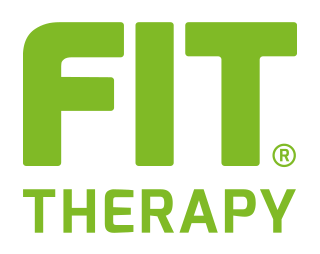- Home
- Gonalgia
Gonalgia
Gonalgia

Gonalgia
di FIT Therapy Technology Academy
What is gonalgia?
Gonalgia is a medical term used for knee pain. It can be caused by a wide range of conditions and injuries, including musculoskeletal problems, traumatic injuries, inflammation, or specific pathologies of the joints or surrounding tissues. Gonalgia can vary in intensity and duration, from mild and temporary discomfort to chronic and debilitating pain.
Causes of gonalgia
Some of the common causes of gonalgia include:
- Traumatic injuries: Injuries such as sprains, dislocations or fractures can cause acute knee pain.
- Tendinitis: Inflammation of the tendons surrounding the knee can lead to gonalgia.
- Arthritis: Rheumatoid arthritis, osteoarthritis and other forms of arthritis can affect the knee joint and cause pain.
- Ligament-related conditions: Injuries or laxity of the ligaments that support the knee joint, such as the anterior cruciate ligament or medial collateral ligament, can cause pain.
- Bursitis: Inflammation of the synovial bursae around the knee can lead to gonalgia.
- Overload syndromes: Excessive use of the knee, such as in intense physical activity or heavy physical work, can cause overload pain.
- Pathological conditions: Diseases such as bone cancer, osteomyelitis (bone infection) or other diseases can affect the knee.
FIT Therapy Technology and treatment protocols.
The treatment of gonalgia, or knee pain, depends on the underlying cause. Since there are many possible causes of knee pain, a thorough medical evaluation is essential to determine the most appropriate treatment. However, here are some general guidelines for the treatment of gonalgia:
- Rest: In many cases, rest is essential to allow the knee to heal. Reducing or avoiding physical activity that triggers pain is an important step in treatment.
- Ice: Applying ice to the affected area can help reduce inflammation and pain. It is advisable to apply ice for 15-20 minutes, several times a day.
- Physiotherapy: A physiotherapist can develop a specific exercise programme to strengthen the muscles around the knee, improve flexibility and joint stability.
- Physical therapies: Some physical therapies, such as ultrasound or shock wave therapy, can be used to promote healing and reduce pain.
- Orthoses or supports: The use of special braces, supports or shoes can help stabilise the knee and reduce the load on damaged tissues.
- Weight management: For people with gonalgia due to obesity, weight loss can reduce the load on the knee and improve symptoms.
- Complementary therapies: Some people find relief from gonalgia through alternative therapies such as acupuncture or chiropractic treatment. Talk to your doctor before trying any complementary therapy.
It is important to consult a medical professional for an accurate assessment and specific treatment guidance. The treatment of gonalgia will vary depending on the underlying cause, the severity of the pain and the individual needs of the patient.
Treatment method with FIT Therapy Knee Patch
The FIT Therapy Knee Patch can be used to treat painful knee events (gonalgia).
It proves to be a valid natural alternative to the use of medication or devices that release heat.
Instructions for proper application (also watch the video tutorial):
- Remove the patch from the base.
- Apply the patch on the knee, on dry, clean and hairless skin
- Wait about two minutes for better adhesion of the patch to the skin.
- Keep the patch applied for 5 days.
- Continue the therapy until an improvement in symptoms is observed.
The patch retains its function even when wet (e.g., during a shower).










